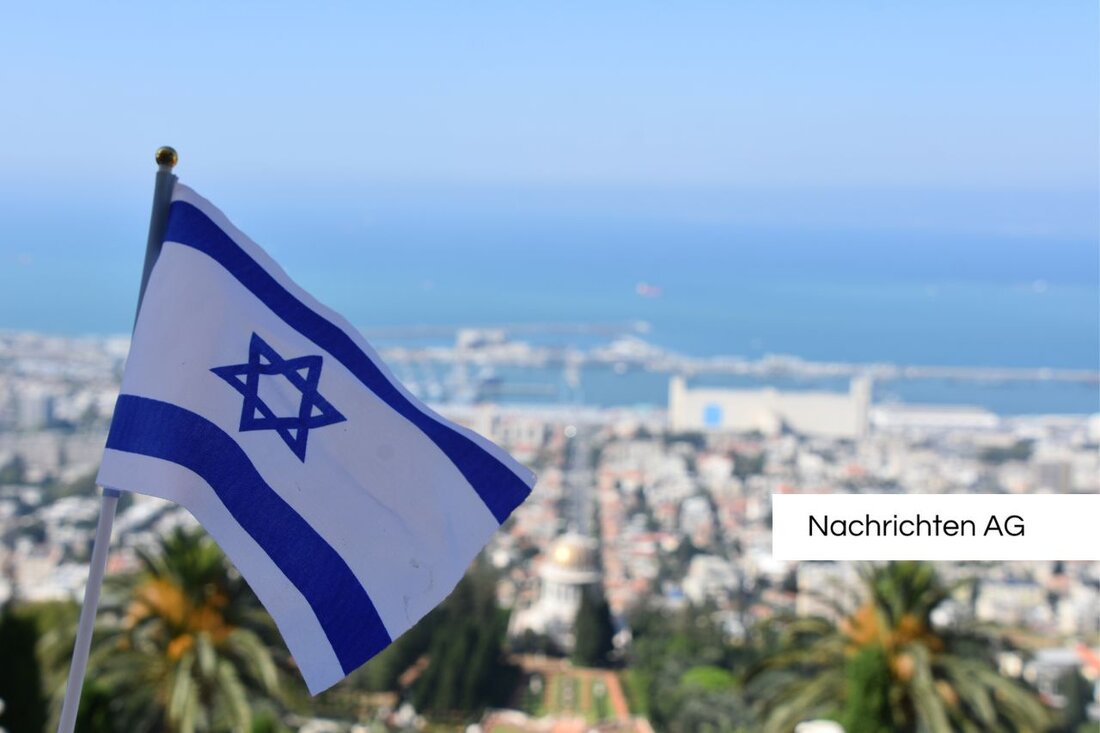Aid supplies in the Gaza Strip: Distribution temporarily suspended!
As of June 4, 2025, all relief centers in the Gaza Strip remain closed for renovations as conflict continues to escalate.

Aid supplies in the Gaza Strip: Distribution temporarily suspended!
The humanitarian crisis in the Gaza Strip continues to worsen. On June 4, 2025, all aid distribution centers in the Gaza Strip were closed, the Israeli army and the Gaza Humanitarian Foundation (GHF) announced. These closures are due to “renovation, organization and efficiency improvement work.” While a reopening date is scheduled for Thursday, Gazans have been warned not to approach the distribution centers as the streets are considered combat zones and entry into the areas is strictly prohibited. Since Israel's recent approval of limited aid deliveries, which came after nearly three months of blockade, distribution centers have faced major challenges, including direct violence.
At least 27 Palestinians were reportedly killed and around 90 injured near a distribution center in Rafah in the recent unrest. The Israeli army said warning shots were fired before shooting at suspects. This information cannot currently be independently verified. In addition, Hamas reported a total of 30 deaths and dozens of injuries, which was rejected by Israel. The Israeli military says there have been no attacks on civilians.
Criticism of humanitarian aid
The situation is complicated by the problem of distributing relief supplies. Currently these are only distributed in four places, which leads to chaotic conditions. The International Committee of the Red Cross (ICRC) reported that 179 people with gunshot and shrapnel wounds were treated at a field hospital in Rafah, with 21 of them dying. The GHF began distributing more than 4.7 million meals last week, despite reports of fatal incidents near the distribution stations. The United Nations criticizes Israel for misusing humanitarian aid for strategic goals.
The US government and Israel have been trying to introduce a new mechanism for humanitarian aid in the Gaza Strip since the end of May. Dozens of mercenaries from private security companies have come to Israel to secure the GHF distribution stations. However, there are significant concerns about the effectiveness of this plan. Critics fear that the politicized distribution of aid is harming people in need because massive humanitarian needs are not being adequately addressed.
Food shortages and famine
The situation of Gaza's approximately two million residents is extremely worrying. According to the United Nations, 240,000 tons of aid are stored at the border while the population suffers from shortages of food, water and medicine. Israeli Prime Minister Benjamin Netanyahu warned of an impending famine and stuck to the war's goals, which could inevitably include expelling the population from the Gaza Strip.
The latest developments and restrictions on aid deliveries underline the precarious situation of the people on site. The lack of planning, coupled with the militarization of humanitarian aid distribution, makes the future in the Gaza Strip appear even more uncertain.
The above information highlights the complex and chaotic reality of humanitarian assistance in the Gaza Strip, which is shaped by military decisions and strategic interests, further exacerbating the plight of the civilian population.
Like vienna.at, [zdfheute](https://www.zdfheute.de/politik/ausland/gaza strip-dispersion-centres-tote-israel-nahost-100.html) and [taz.de](https://taz.de/Humanitaere-Hilfe-im-Gaza Strip/!6087655/) report, it will be crucial to reform humanitarian aid in the region and give affected people access to the resources they need.

 Suche
Suche
